COURSE DESCRIPTION
This is the 10th course in the 16-course Accelerator. Introduction to Modeling Leases focuses on teaching you the process of modeling short and long term real estate leases. The skills you will learn in this course will prepare you for building more sophisticated real estate financial models for multifamily, retail, office, and industrial property types.
At the end of the course, leaning on what you learned in this and previous courses, you will model the rental income for a retail acquisition opportunity with multiple generations of tenants over a 10-year period. You will also quickly model other income and operating expenses for the same period and calculate a reversion value. With a full DCF built, you will determine an acquisition price by solving for a target unlevered internal rate of return.
The concepts learned in this course provide the framework for building more sophisticated acquisition, development, and value-add models.
In this course you will:
- Explore the differences between short-term (e.g. multifamily, self storage) and long-term (e.g. retail, office, industrial) leases
- Come to better understand the various types of long-term leases (e.g. NNN, Gross, Modified, etc)
- Learn techniques for modeling short-term leases in Excel
- Learn techniques for modeling long-term leases in Excel
- Practice building a simple discounted cash flow model from scratch, but with more complex rental income calculations
CASE DESCRIPTION – LAKEFRONT RETAIL
You are a member of A.CRE Advisors’ acquisitions team. You and your team source acquisition opportunities for a multi-billion dollar open-end core fund, with no expressly defined fund termination date. The fund’s acquisition strategy is to find core, fully stabilized, class A, apartment, office, industrial, and retail assets in primary markets. The ultimate goal is to provide consistent, long-term income for its fund investors.
The fund offers its investors a 7% preferred return, and A.CRE Advisors as fund manager is compensated via a 75 bps asset management fee and a competitive promote on returns above 7%. The fund seeks to only borrower up to 40% of the aggregate value of the portfolio. In practice however, this means some assets are owned unlevered while others are levered up to 50 – 60% of their value.
To meet its obligations to its investors and return a healthy profit, the fund targets an 8% property-level unlevered internal rate of return and 2.00X equity multiple over a 10-year hold on all retail acquisition opportunities. After accounting for leverage, this equates to a low-teens property-level levered internal rate of return.
This year, you personally have a goal of closing five acquisitions worth at least $200 million USD in total. New opportunities come in the door every day however your hit rate (i.e. the percent of deals you win) has been trending down over the last few years as the market for acquisition opportunities has become more competitive. Last year, your hit rate was just 5% which means you need to look at 20 deals to win one. And to hit your annual goal this year, you figure you need to model at least two deals per week.
You walk into your office this morning, open your email, and find another opportunity from your favorite broker – Trey Fisher at East Lang Ellis.
PROPERTY TYPE
- Retail; concepts taught apply to apartment, office and industrial as well
SOFTWARE RECOMMENDED/REQUIRED
- While we recommend using Microsoft Excel, as that is the industry standard, this course will work with most other spreadsheet software such as Google Sheets and OpenOffice Calc
EXCEL PROFICIENCY REQUIREMENT
- The course assumes you have at least an intermediate proficiency working with Microsoft Excel, Google Sheets, or OpenOffice Calc
Course Features
- Lectures 17
- Quiz 1
- Duration Lifetime access
- Skill level All levels
- Language English
- Students 3046
- Certificate No
- Assessments Yes
- 4 Sections
- 17 Lessons
- Lifetime
- Course Introduction3
- Modeling Short-Term Leases5
- Modeling Long-Term Leases7
- 3.1Characteristics of a Long-Term Lease
- 3.2Modeling Long-Term Leases – Inputs, Header, and DCF
- 3.3Modeling Long-Term Leases – Rent Roll
- 3.4Modeling Long-Term Leases – Potential Base Rent
- 3.5Modeling Long-Term Leases – Concessions
- 3.6Modeling Long-Term Leases – Reimbursements
- 3.7Modeling Long-Term Leases – Leasing Costs
- Putting it All Together - Lakefront Retail3






